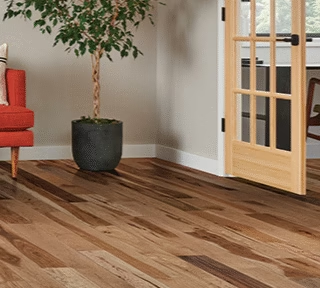When it comes to disinfecting your rubber floor, using the right solution is crucial to effectively kill germs, bacteria, and viruses.
1. Mixing the Perfect Disinfecting Solution
Start by selecting a disinfectant that’s specifically designed for use on rubber surfaces. Make sure to read the label carefully and choose a product that’s EPA-registered and has a broad-spectrum kill claim.
Next, follow the instructions on the label to mix the solution with water. The recommended dilution ratio is usually specified on the label, and it’s essential to get it right to ensure the solution is effective.
For a general-purpose disinfectant, a ratio of 1 part disinfectant to 10 parts water is a good starting point. However, if you’re dealing with a particularly stubborn outbreak or a high-traffic area, you may need to use a stronger solution. Always err on the side of caution and start with a weaker solution, as you can always increase the strength if needed.
Once you’ve mixed the solution, make sure to stir it well and let it stand for a few minutes to allow the ingredients to activate. This will ensure that the solution is effective against a wide range of microorganisms. With your perfect disinfecting solution in hand, you’re ready to move on to the next step: applying the solution to your rubber floor.
2. Applying the Disinfecting Solution to the Floor
This crucial step requires attention to detail and a bit of elbow grease to ensure a thorough and effective application.
Using a mop or soft cloth, begin applying the disinfecting solution to the floor in sections, working your way from one end of the room to the other.
Make sure to follow the manufacturer’s instructions for the recommended dilution ratio and application guidelines. It’s essential to apply the solution evenly, avoiding any puddles or pooling, which can lead to ineffective disinfection and potential damage to the rubber floor.
As you work your way across the floor, pay particular attention to high-touch areas, such as around equipment, mats, and entrances, where germs and bacteria tend to congregate. Use a gentle, back-and-forth motion to ensure the solution penetrates the surface of the floor, allowing it to effectively kill germs and bacteria.
Remember to allow the disinfecting solution to dwell on the surface of the floor for the recommended amount of time, usually 1-2 minutes, before rinsing the floor thoroughly with clean water. This will ensure that the solution has sufficient time to effectively kill germs and bacteria, leaving your rubber floor clean, sanitized, and ready for use.
3. Letting the Solution Do Its Magic
Now that you’ve applied the disinfectant solution to your rubber floor, it’s time to let it work its magic. This crucial step allows the solution to penetrate deep into the surface, tackling even the toughest germs and bacteria.
As you wait, imagine the solution seeping into every nook and cranny, breaking down dirt and grime, and leaving your floor sanitized and fresh.
Be sure to follow the instructions on the solution’s label for the recommended dwell time, which is usually around 5-10 minutes. This allows the solution to effectively kill germs and bacteria, without evaporating too quickly.
During this time, avoid walking on the floor or exposing it to any water or cleaning products, as this can disrupt the solution’s effectiveness.
As the solution works its magic, take a moment to appreciate the importance of regular disinfecting and sanitizing. Not only does it keep your floor looking its best, but it also creates a healthier environment for everyone who uses the space.
4. Rinsing the Floor Thoroughly
This crucial step ensures that all remaining dirt, soap residue, and disinfectant are washed away, leaving your floor clean, fresh, and ready for use. A thorough rinse is essential to prevent any leftover chemicals from interfering with the floor’s finish or causing slip hazards.
To get it right, use clean, warm water to rinse the entire floor, working in sections to maintain a clean water supply. Use a clean mop or soft-bristled broom to distribute the water evenly, making sure to cover every inch of the floor.
Don’t be afraid to repeat the rinse process if you notice any remaining soap or disinfectant streaks. Your goal is to have the water run clear, indicating a clean and residue-free floor.
By taking the time to rinse your rubber floor thoroughly, you’ll be rewarded with a floor that shines like new, is safe.
5. Sanitizing the Floor for Extra Protection
Now that you’ve thoroughly disinfected your rubber floor, it’s time to take it to the next level with sanitizing.
Sanitizing your rubber floor not only eliminates germs but also leaves a fresh, clean scent, giving you peace of mind and a sparkling clean floor.
To sanitize your rubber floor, you’ll need a sanitizing solution that is specifically designed for rubber surfaces.
Follow the manufacturer’s instructions for dilution ratios and application guidelines. Once you’ve mixed the solution, apply it evenly to the floor using a mop or soft cloth. Make sure to cover the entire surface, paying special attention to high-touch areas, such as entrance mats and exercise equipment.
Allow the solution to dwell on the surface for the recommended time, usually 1-2 minutes, before rinsing the floor thoroughly with clean water. This will ensure that your rubber floor is not only disinfected but also sanitized, providing an extra layer of protection against germs and bacteria.



